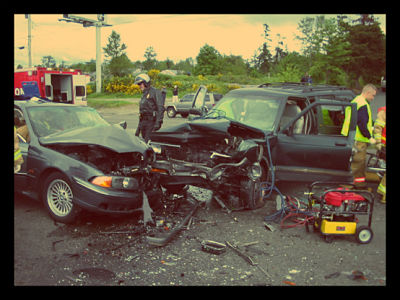
Last month, when the Indian government claimed that poverty had been cut by a third since 2004, skepticism, public outcry, and heated debate emerged all over the world concerning the latest figures.
How could a country where nearly half of the children under the age of five are chronically malnourished claim to have reduced poverty, many asked.
The fact of the matter is that, according to India’s Planning Commission, extreme poverty fell from 37% to 22% in the past seven years. This leaves the official number of the country’s poor at 269 million out of a population of 1.2 billion.
Instead of rejoicing at the figures, as the world did when China claimed to have reduced the number of its poor by 220 million from 1978 to 2004, many considered the methodology used as an insult to the poor.
The official poverty threshold in India – calculated using the Tendulkar methodology, a forty year-old measurement – is essentially based on the minimum calories consumed by a person.
The problem is that this debatable definition of India’s poor places the poverty line slightly below lowest levels set by the World Bank. There are those earning fewer than 32 rupees (55 cents) in urban areas and 27 rupees (45 cents) in rural areas, incapable of living at the edge of subsistence. The Tedulkar methodology, based on how much money buys 2,400 calories of food a day, sets the Indian poverty rate at around 10% lower than the World Bank’s rate, equating to roughly 40 million people.
Still, economists like YK Alagh defend the figures. He says that the rapid declines in poverty are mostly due to overall economic growth (8.2% annually in the years 2004-2005 and 2011-2012), an increase in farm growth (3.5% annually), and new jobs.
Others, such as V.K. Srinivasan, chairman of the Indian Institute of Economics, believe that new methods are needed to calculate poverty. He cites the multidimensional poverty index used by the United Nations Development Program as a good example.
“Human development should not be judged in terms of income and expenditure only, but should be done in terms of life expectancy and quality of education,” he said.
Although the debate continues, it is safe to say that at least 1 in 5 Indians still live in extreme poverty. This means that for India, the fight against poverty still has a long road ahead.
– Nayomi Chibana
Sources: Huffington Post, BBC News, The New York Times
Photo: Deutsche Welle,

